This project establishes an interdisciplinary research consortium to study the entangled mobility of humans and Aedes mosquitoes in India, Mexico, Tanzania, and Germany. The project investigates mosquito dispersion in relation to human movement, both in terms of long-distance mobility (tire trade, boat and plane transportation) and short-distance mobility (from local buses to irrigation boats). It systematically analyzes how human mobility (migration, tourism, travel goods, and trade) is interrelated with Aedes mosquito mobility and the spread of associated arboviral diseases. We study (i) which mosquitoes move where and how, including their larvae and long-term egg survival, (ii) how mosquitoes hook into human infrastructure, and (iii) the socio-economic mobility patterns of humans and how they could contribute to mosquito dispersion. This “multi-species approach” will generate maps of human and mosquito species mobility that can be overlaid. The invasive Aedes mosquito species, a vector for a variety of arboviral diseases, is a paradigmatic case of how human and non-human mobility converge in contemporary societies. Understanding their entangled movement is of utmost importance in developing successful vector control strategies.
Fundings: VW Volkswagenstiftung
Director: Gerardo Suzán
Participating countries: Germany, Mexico, India and Tanzania.
Duration: 2022-2026



